With more than 150,000 Instagram followers, Big Printing in Oakland, California has made a huge impact on social media.
Owned by Dawaud Muhammad, the shop has doubled in size during 2020.
“It’s the power of the purchase order,” Dawaud explained.
A major Fortune 500 company partnered with them – and it unlocked a new world of opportunity.
But more than that, Dawaud’s story of entrepreneurship is the quintessential example of the custom apparel industry’s impact.
“Everybody’s got to put on clothes to go outside! You just gotta put something on it to make somebody want to wear it. And that’s been our thing from day one,” Dawaud says.
Editor’s note: this transcript has been condensed and edited for clarity.
Bruce and Steven: How’s the year been so far?
Dawaud: It’s been a journey, a lot! The same old, same old…but a lot of it.
Hopefully they have some trade shows. I met you all with your little kiosk-type situation – I came to check out the software. You all are young, energetic, hungry. And that’s how we met!
So where’s your shop at now since we met you three years ago?
I’ve done screen printing since ‘99. Three years ago feels like three months!
I was at the same location. We may have had two automatics and 8 heads of embroidery. Right after that, we purchased a 12 color ROQ.
We run blue and green baby!
And we just purchased a DTG printer a few days ago. It’s a great tool to have in the arsenal. If you’ve got a 12 piece order with all these colors in it, we’re going DTG. But we got the Brother boat – it’s the big one, with the lower ink cost. We’ll see how it works.
You buy the ink in bulk in large jugs – it’s more industrial for a Brother.
How much did that Brother DTG cost?
It was about $30k. We’re not talking Kornit prices. But it’s still in the crate! Still waiting on the stand to come so we can bust that open and get trained on using it.
Do you use the DTG to help if you’re missing a shirt on a screen printed order, or something else?
No, it doesn’t really work [to use DTG to replace screen printed orders]. It just looks so different. Unless someone really has to have it, I don’t want to use DTG to replace a couple of shirts. They might like the DTG better – it feels so soft and smooth!
DTG is just another tool we get to use. Everything has its place and they can be great at what they do. Automatic is great for big numbers, fast turnaround, consistency. The manual is great if you’re a small shop or have some guys that can really pull a squeegee! We put pretty much every job on the auto.
You’re still on film, not CTS yet right?
Still on that plastic! Every shop owner I talk to tells me to get direct-to-screen.
We’re going to pull the trigger on one when a good deal comes up, though. I just passed on one, but Tom Davenport from Motion Textile told me to hurry up and jump on it.
So you’re not using any of the fast registration systems, either? You must have talented people on press.
I like to say, are you a screen printer or are you a press operator? We try to work with screen printers. A press operator can push buttons, load the shirt, unload the shirt. But a screen printer can do everything.
I’ve found out it’s best to rely on the automation and not the skill set. It’s cool when you’re smaller [to rely on skills], but when you get bigger you want to just be able to take someone off the street and have them start working.
So you’ve got 150,000 followers on your Instagram.
152! (editor’s note: they’re up to 158k as of this writing…)
So you do a ton of flock, 3D printing, the decorations you guys are doing – they’re intimidating to do. How did you get good at these things?
My background is starting my own clothing line. When I started that brand, I wanted them to look like the brands you see in the mall. It was a lot of embroidery, screen printing, and special effects. This was in 1994 – I’d just go to the mall and go to stores like Miller’s Outpost and PacSun and just look at the things being printed.
That’s the first time I saw high density printing. As soon as I got into the business, I wanted to do that. I wanted to be able to do whatever I could think of. I had the privilege of coming from a design and sales aspect. If I’d got into the game as a screen printer, I would have watered my designs down.
I hooked up with a great screen printer who just did everything I asked him – and then I realized it wasn’t like that. Then the customers came at me the same way I came at my guy in the beginning. “Can you do this or that?”
In 2004, when we got our Tajima embroidery machine, the first thing I did was say: we’re going to do embroidery, screen printing, and applique all on the same project.
It came out so dope! We entered it into the Impressions Expo competition and we came in first place in three categories. We weren’t just trying to do some left chest print. We’re Big Printing. We wanted to do it big and bold!
That’s our client base. That’s what we do all day every day. It’s regular.
Do you do contract printing?
Our value isn’t in printing fast or cheap. It’s in the creative side of things. So our value really isn’t in the price driven market of contract printers and brokers. We didn’t want to be the cheapest.
Contract printing feels good. You get some big orders. You get big names attached to the orders. You feel like you’re doing a lot.
Before contract printing, we did schools. Schools are great. You can really make some money. You can really be creative. They want something fly for the kids, so you can use your flavor and expertise.
Contract printing was cool for a minute. But then you look at the invoices. Man, you could sell 100 sweatshirts and you had to do 3,000 shirts? You don’t make a markup on the goods? You have to wait for the money? We stopped that. You could do the same amount of work and go home earlier.
We learned pretty quick. It’s Yahoo or Delta Airlines. It’s great! Then you see the invoice. Take the big name off and it’s really wack to be honest. It’s wack, wack, wack.
If I can’t cash a big check at the end of the day, it’s like I’m doing it for fun. Some of the big operations do that. But what if the country shuts down? They have to close shop. The margins are so thin. When you stop, you’re short.
You gotta follow Big Printing. It’s so awesome, so unique. How do you market?
We go hard on Instagram. It’s a beautiful thing.
There was a time where if you were a printer, you were considered local unless you were a big company. But with social media…it opened up the whole country. When they allow you to do your own promotional ads and they’ll promote you in different markets, it’s a game-changer.
Instagram is great because we do visual things. We do graphics and decorate garments. We take nice pictures. If the right person sees it, they’re going to be hooked. I know if I’m hooked on it, there’s a nation of people that are going to feel it.
Are you in DMs, do you reach out, do you do ads?
DMs, phone calls, comments, ads, it’s the entire ecosystem of reaching out with social media.
Do you have a team managing that full time?
No, it’s just me on the IG.
We finally set up our website. Once we got that hooked up, it skyrocketed.
The following had been building for a while and orders came through the DMs. We used to just send a link with a form. Then PayPal. So on and so on – a lot of back-and-forth on the back end [just to get an order].
But we hooked up with our website and really plugged it in full-time. We went in full-speed ahead, and we did it exactly during March when the country shut down. All the work we did on Instagram…we finally gave them a way to make a purchase. It’s just gotten bigger and bigger.
You sell a lot of packages on your website, like 50 hoodies for $1,000. How does that work?
We want to simplify the process. It’s confusing when you go sit down with a screen printer.
How many colors? Screen charges, flash charges, so on. We just bake it all into one package deal. For $400, we got you 50 shirts with a print and neck labels, and they come in a bag. They can do the math on selling that quickly.
So [our clientele] is a lot of clothing brands. A lot of first-timers. “$399 to start your own brand,” we say.
No quoting or back-and-forth. If you want 4-5 colors, it’s another $100. More colors, another $100. We just add another $100 [for each detail] to keep it simple.
Sometimes we really win. Sometimes we lose. Sometimes we come in right in the middle. But we never really lose – it’s just our profit margin getting a little bigger or smaller.
It’s so smart to just have $100 as the pay-to-play defensive move. It calls their bluff. It’s one way, or another…in their heads, they can either afford it or not.
$100 sounds difficult or easy depending on what your pockets are like. Want premium shirts? Throw us $100.
It really does reduce so much thinking for the customer. It’s a convenience and speed factor.
It’s easy for me to just give you a quote off the top of my head, too.
Did your customer base change because of COVID?
Brands are going crazy. So many people got off the fence and decided it’s time to start their brand. IG allows us to tap into people all over the US, and these brands appreciate we can do all these crazy types of decoration. They’re looking for different!
You want people coming to you. Then you can set the tone for what the experience will be like. Otherwise you’re going to them and catering to what they want from their perspective.
So how do you choose ads?
I see which posts resonate with people. Some of these posts that work, I don’t think they’re the one.
But the video that got a million views was just a video of the press. It was raw and uncut. It kept doing numbers. So I’d just throw some dollars at it…and it just keeps working.
What’s a simple way to just start with Instagram ads?
You only need $20. Maybe across a few different ads. If something is getting some likes and comments, try it.
When I started, I’d try to create my own demographic. Then I set it on automatic, and sure enough, it started working. If they want you to spend money, they’ll give you some results!
Give IG some money. They’re not going to let you play without some money. They control the algorithm and they know the clientele better than you do.
Whatever is going on with Instagram now, they’re not sending your post to everyone. Your reach is only a percentage of your following. It’s not even being sent out. They can’t see it to like it or comment. So certain posts get through the filter, and some don’t. The ones that break through – put some money on it and let Instagram go and feed it.
We don’t spend a lot on Instagram, comparably. It’s really not a lot. But that’s the platform where our client base is. It’s such a unique moment in time. You really do have your demographic on one platform. That may not be the case 2 or 5 years from now. But today it is, so it’s a great opportunity.
You’re the second person talking about paid social ads recently. How has your focus changed with Instagram?
To be honest, the ads are off the hook. The DMs are so crazy. Before, I’d just post stuff and see what happens. And before IG allowed paid ads, I’d comment on people’s stuff – big brands with lots of followers and eyeballs. Once they allowed paid ads, they did all that for you. It’s like cheating!
The main thing is to really have content that will resonate with people and their demographic.
If you’re not into fashion and streetwear and urban culture, you don’t care about Big Printing. We’re good with that. But if you are…and you find us…boom. You just hit it.
Make sure your page has lots of similar content to the audience you want to capture. You need more of the same content, because you catch them with the bait and then you have to keep them once.
Just concentrate on your niche.
The name of my first company was Big Pimpin’ Turf Clothes. I knew with that niche I wasn’t going to be a big chain store. I wasn’t going to appeal to a lot of the population.
But whoever does find it that is into that – they’re going to love it. They’re going to feel it tremendously.
That’s how it works. It’s not broad. It’s specific.
Hit a bullseye. I want a whole bunch of nos. It’s not for everybody. It’s for a select few. It’s up to me to find my tribe of people who want to purchase it. You’re going to be authentic that way. Nobody can beat you at being you.
Bruce: It’s easier to dive deeper into the niche when you have traction. But the traction is hard, because you have to take almost anybody that comes into your shop.
I want to ask you a question: I’m a black business owner. You are too.
Let’s talk about diversity in the industry. With everything that’s happened this year, what do you think about these topics?
This issue, this problem, this plague has been around since the beginning of this country. It’s what built this country. Our industry is mainly white boys.
But black entrepreneurs, black garment decorators, black fashion designers…we are out here heavy. I didn’t know how much it was until we did Magic in Vegas. Our booth was filled with so many people. It was ridiculous, man. Everybody else around was like…what is it about them?
Look at our IG. 152,000 followers. So for fashion, we’re into it heavy. We’re just not heavily represented when all the lights are shined on our industry. Those big panels at [trade shows]…it’s not from our perspective. They’re not hearing it from us. And I’ve been going for years.
Black people know we have to do something for ourselves. Entrepreneurship is the way you don’t have to rely on someone else.
It’s a great equalizer, even though we don’t have the access to capital and aren’t taken seriously. We don’t have the best educational system to educate people on business. And having access to capital is one of the biggest hurdles we have to overcome.
As a business owner, to this day, I haven’t had any loans. All our equipment, we purchased. That’s why I gotta find a good deal. Even if financially, I’m doing well, for whatever reason if I go talk to [capital] – the numbers they come back with are ridiculous. I can’t say it’s my race. But how are these guys in the industry getting all this brand new equipment? I’m trying to get it. It doesn’t add up.
But! Once we got this big order that we recently did…I can see how they did it. If they get a PO from a Fortune 500 company and you’re producing 500,000 shirts, I can see how you could afford a Digital Squeegee. I see the money. It’s a lot of money.
It goes back to “the power of the purchase order.” It can really change things on a massive level.
Some companies do donations, they’ll donate X amount of money to an organization.
It’s another thing when you send a purchase order to a black business. Now you’ve infused that business with resources. They have to do something and they’ve got the money in their pocket.
Because of [one purchase order], we doubled in size and expanded and grew and hired a lot of people…in a pandemic!
From a social and humanitarian standpoint, you can’t just turn your head to injustice. “It doesn’t affect me, so I don’t really care?”
This problem has been going on since the inception of this country. We had free labor. Imagine if you had people in your shop working for free for centuries. You’d have an advantage over the rest of the world.
We’re not always conscious of things. Should we spend time diversifying the team? Our vendors?
You can’t just talk about Black Lives Matter for a month and then have it go away. As small business owners, our employees see big companies with giant marketing and HR departments doing things to step up and wonder why we aren’t.
It would be dope to do a BLM shirt, for example. It’s inspiring. But it really makes it something when you make it a point to have it done by a black printer.
We did a job recently where they mandated it be done by a black printer – period. So that turned their [company] into a whirlwind. Now they have to network with people to find us. That’s how un-diverse their situation was. They had to find a black printer!
I just want to highlight this to show that the effects are immediate. If a Fortune 500 company decides to partner with someone, you’re in their supply chain and a partner in their business. When the relationship is ongoing, that’s when the real change takes place.
You have to give people the opportunity to handle it. You’re doing 5,000 shirts a month. But can you handle 50,000 shirts a month? Then when you deliver, you have the opportunity to grow with that company.
And in our case, when it did pop up, it was a lot of shirts. But we handled it. We showed them how well we could do it.
How do you deal with detractors? What about people that sit on the opposite side? What’s your perspective that allows you to have so much patience and empathy?
Everyone’s thoughts and opinions can be seen now.
Before social media, you didn’t know what your family members thought. You didn’t know their viewpoints. Now you can read it without even asking. So you have this divide between family members…and the entire country.
It’s really always been like that. But now it’s out there in full force. If you believe one thing, and someone else doesn’t, you have a platform to show what you think.
Before, you had a conversation with someone. Now you just scroll on their page and see what they think. It may not align with what you think. So it’s easy to divide people now. People have a platform to get out their opinion out into the world without any gatekeepers.
The country is so divided. It’s blatant. It’s on your timeline. People are so devoted to whatever side they’re on. There’s no coming together. It’s a wrap on coming together. So I’m sitting back, watching, taking it a day at a time. I’m saying from a black perspective: I don’t know how it’s going to play out. I don’t know what’s going to happen. It’s crazy. But from the perspective of a black man, we are used to it.
This situation has gone on for centuries. It’s what this country was built on.
It will probably be what destroys this country. It’s the same thing that built it. Or it will bring it together…but it had centuries to do that. I don’t see it doing that. It’s the biggest divider this country has ever had: black and white.
In some cases, people come together. But the country as a whole?
Man. It was legal to own people. Not for 5 minutes. For centuries.
So it’s a cold, cold scenario.
I’m not the end-all-be-all when it comes to this subject. It’s a complex subject. It runs deep. That’s just mine. We can talk about it forever and ever. But in our industry, it’s hardly ever talked about. The ones who have the eyeballs and platforms…it’s not talked about as much. But our perspective? We talk about it all the time!
Here, home, doing business, at Thanksgiving, at the barber shop. This is a conversation for us. We really live through it every single day. I’ve got 15 dudes outside right now, all of them young black dudes from the streets. They all go through it growing up.
When I grew up, if you were 13 they told you that you were lucky if you made it to 25. That was the environment we lived in. When you get to 25, you feel old. You’re not supposed to make it that long. And you look around and a lot of your friends didn’t make it. By 19 you see exactly how difficult it can be – you start going to so many funerals.
This country is cool. And as cool as it is – on the opposite corner, it’s bad. But we have to pick up the lemons and make lemonade out of it. So that’s why I picked up the t-shirts. I said: “I don’t want to be a victim to what they’re saying.”
At 19 I started selling t-shirts on the same streets where these guys are hustling whatever they’re hustling – I made t-shirts to represent us and them, and our neighborhood. I got so much love from selling t-shirts. At the time there were maybe three other people making brands.
To be here in 2020 and having people flying from all over the country to place orders with us…it’s humbling. It’s a great experience. It’s crazy!
It’s a gateway to entrepreneurship for our people. You don’t need a college degree or these other variables and parameters.
You just need some creativity and some hustle. Hell, if you’re not even creative – if you can hustle, you can make it. Everybody’s got to put on clothes to go outside! You just gotta put something on it to make somebody want to wear it. And that’s been our thing from day one.
Thanks so much for sharing your story and perspective. You have an incredible niche. Thank you Dawaud, we’re humbled you took the time to chat with us. Shout out to Oakland, California!
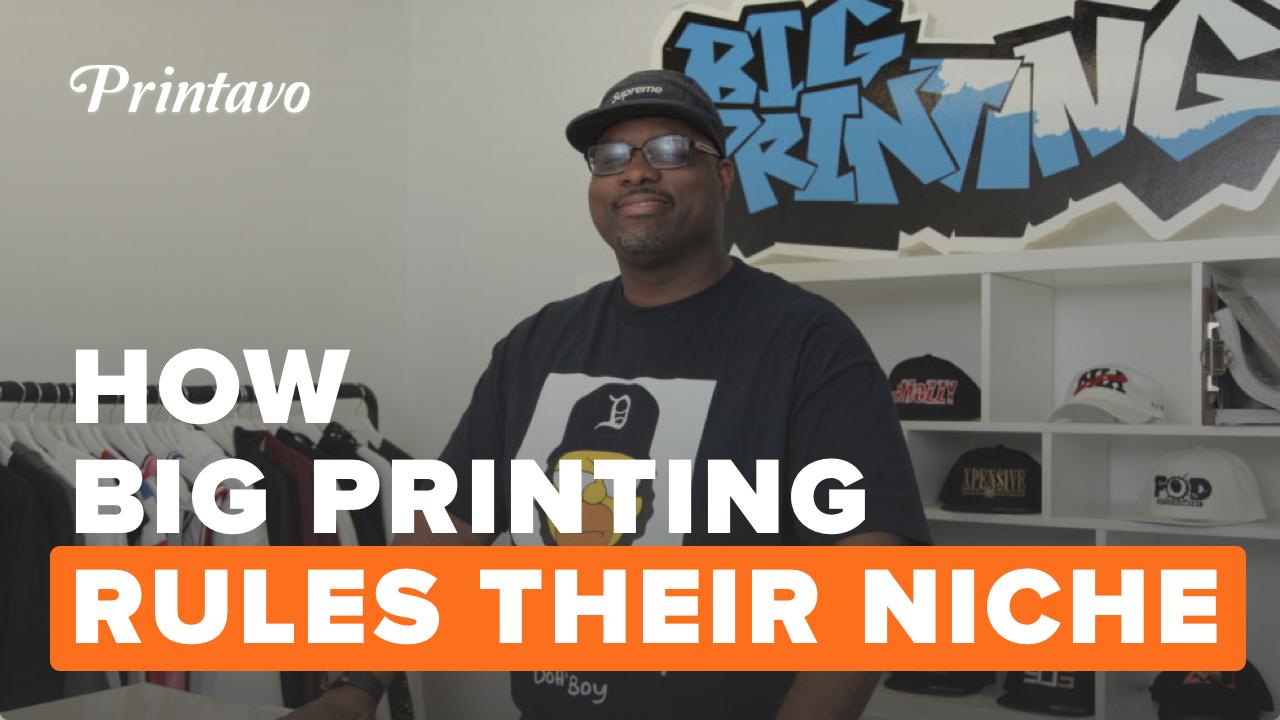

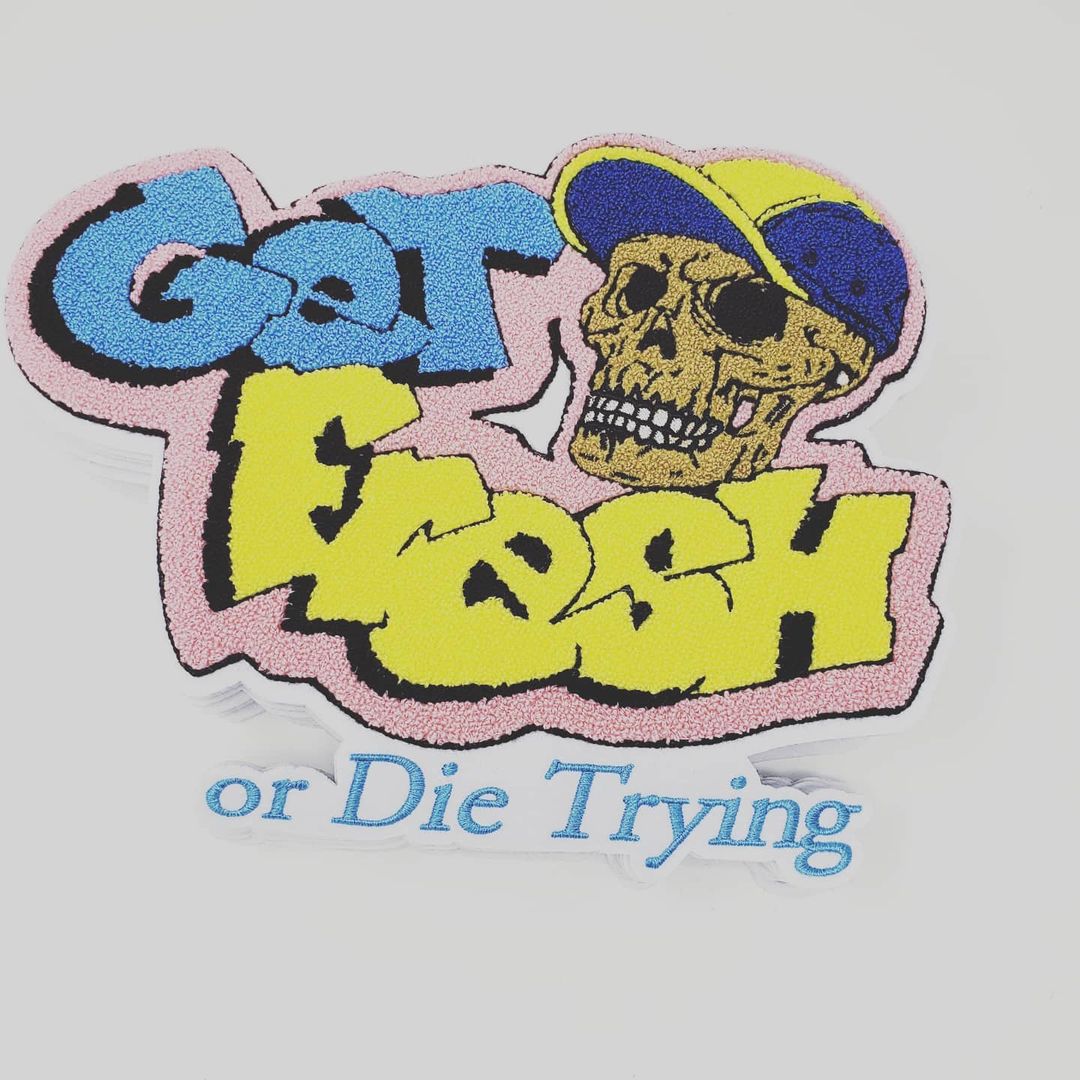

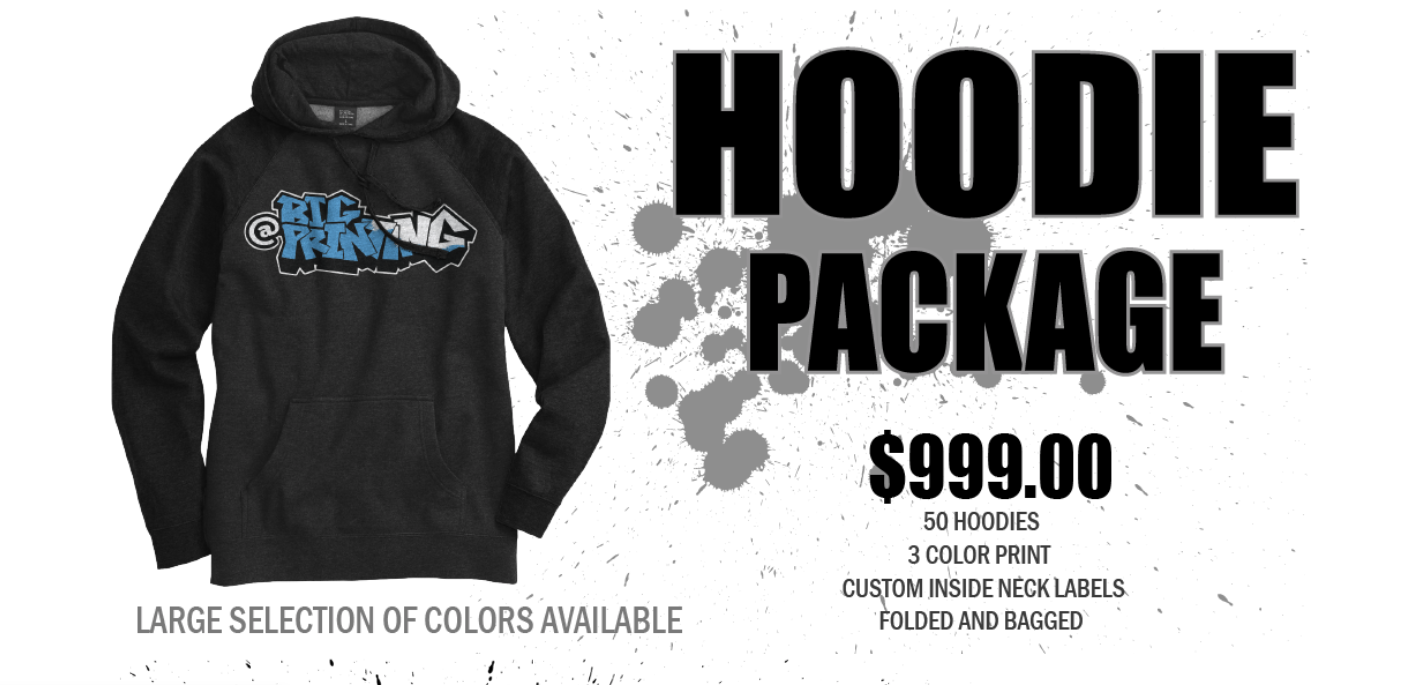
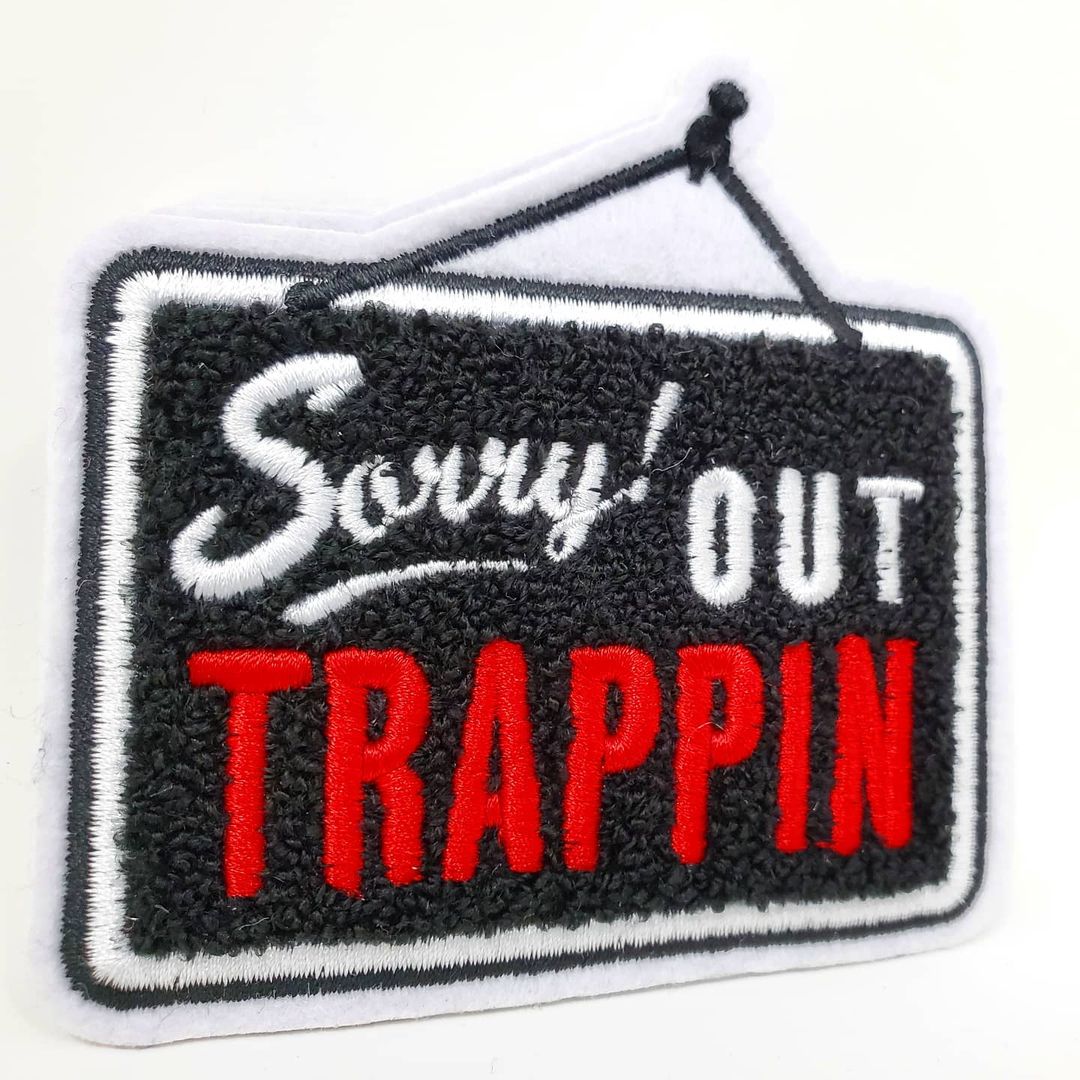
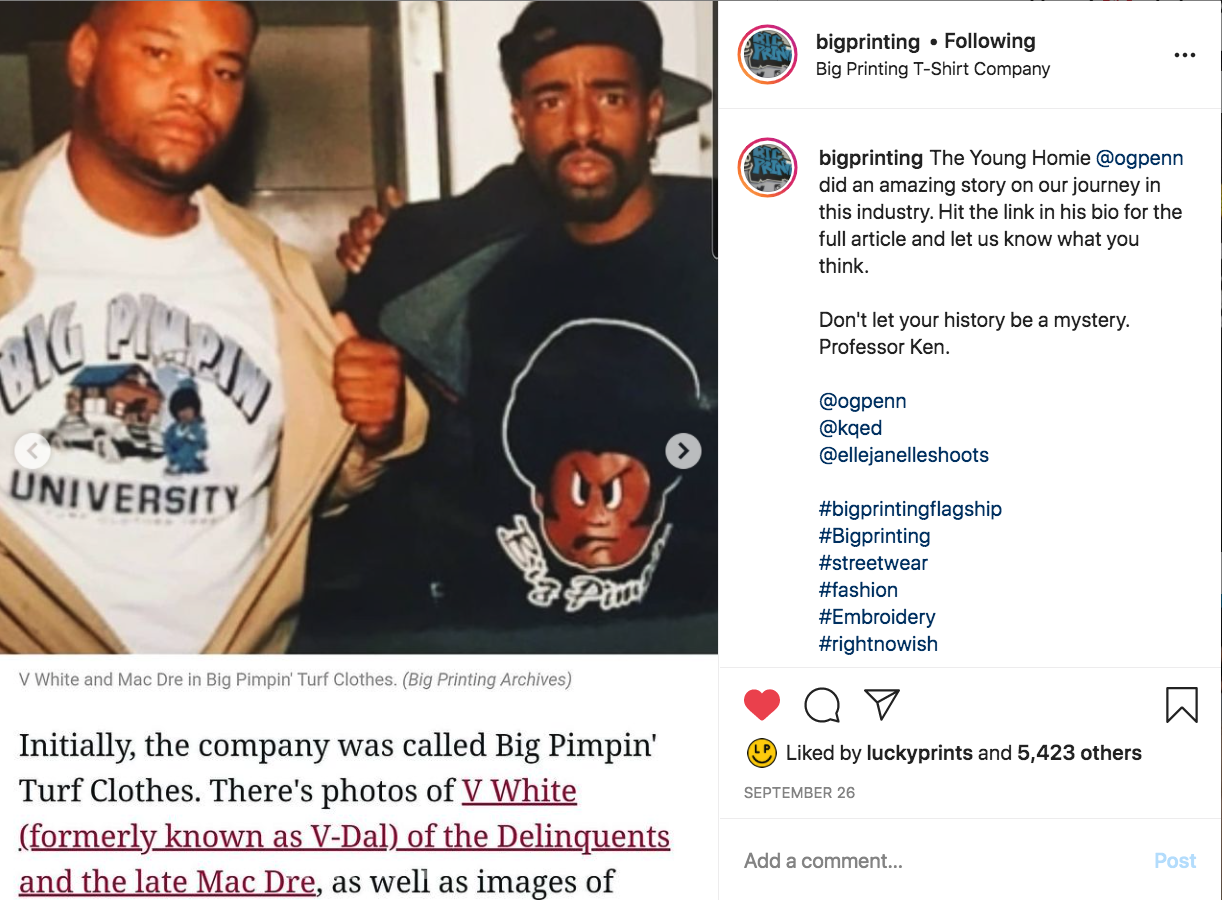

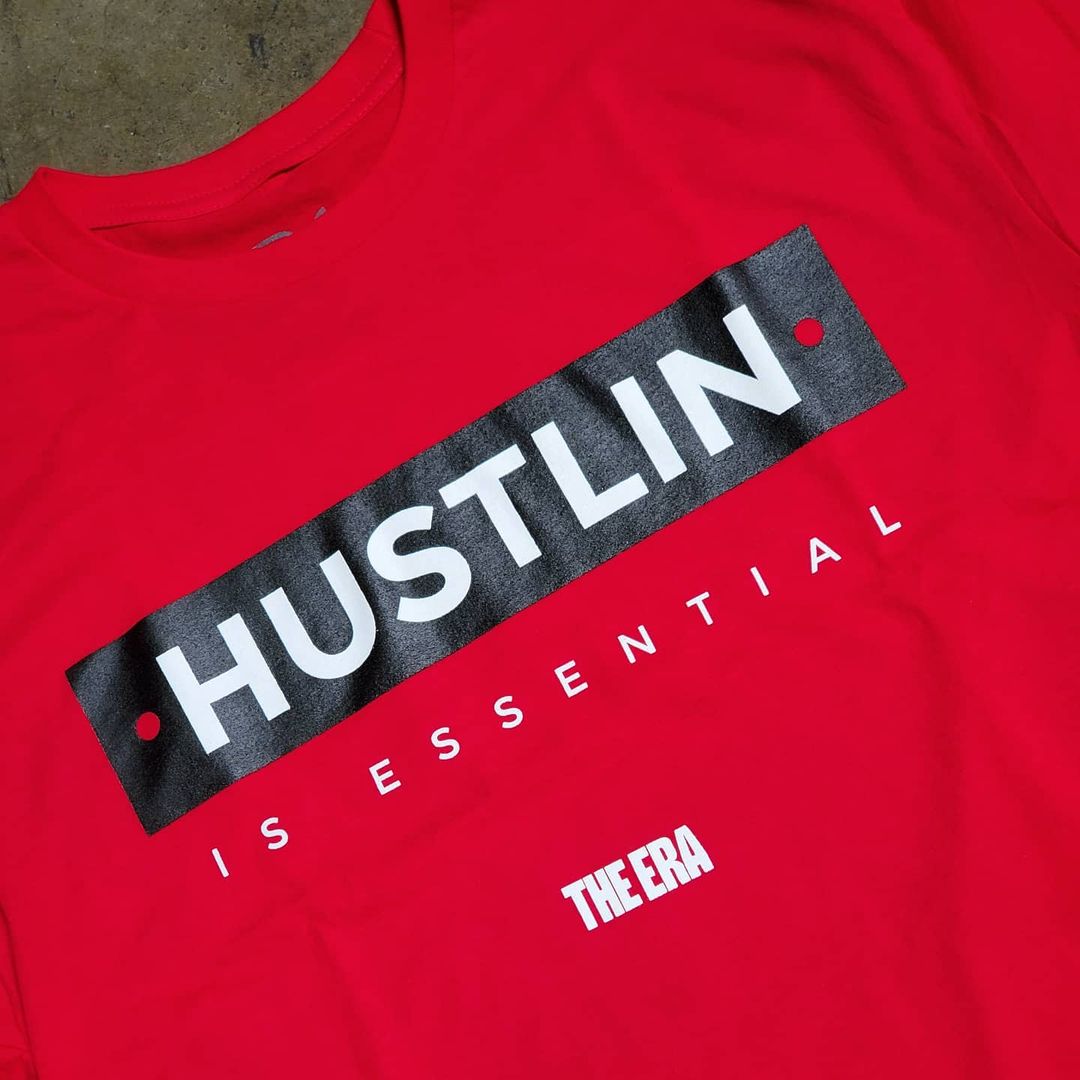

0 Comments